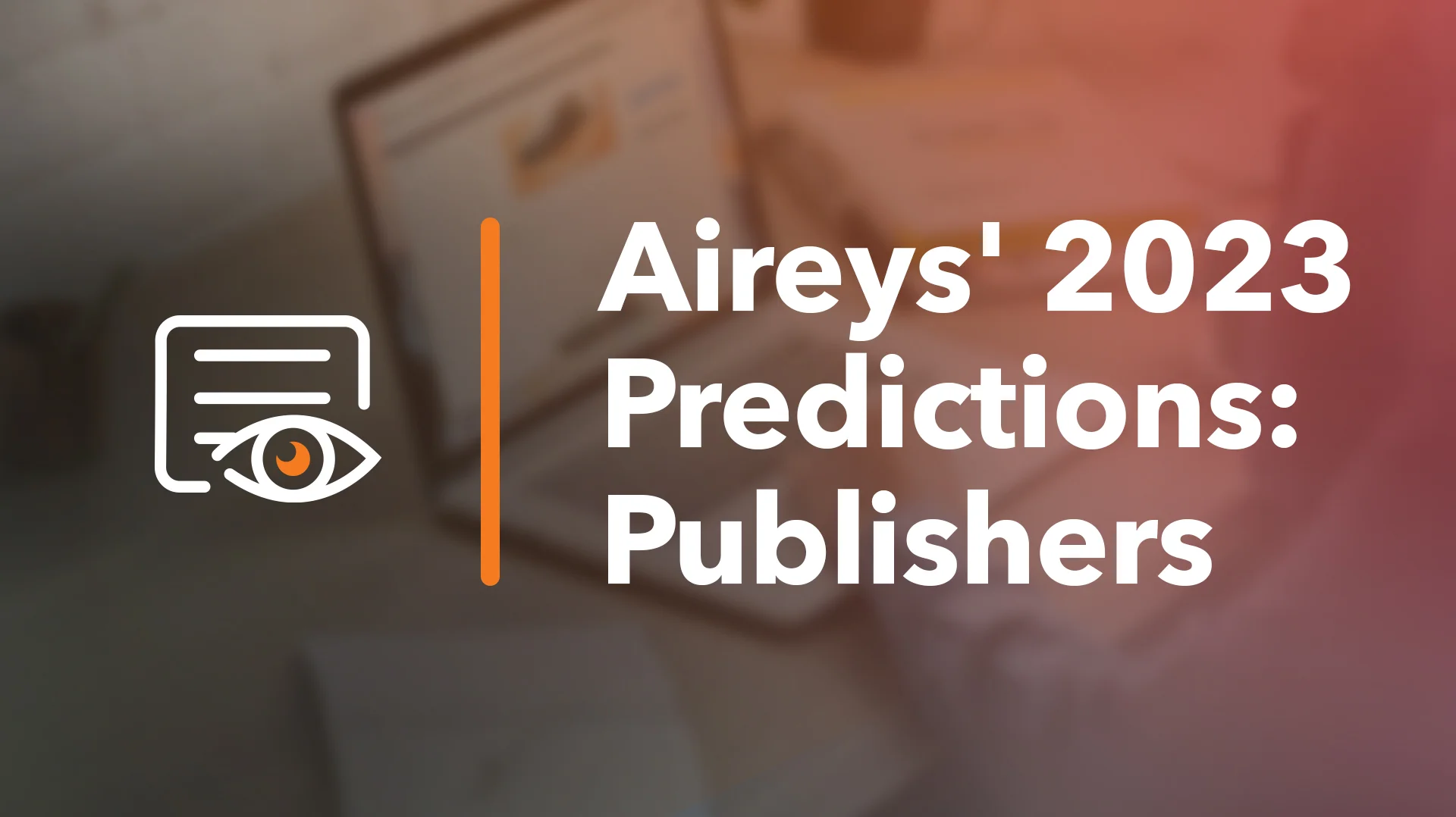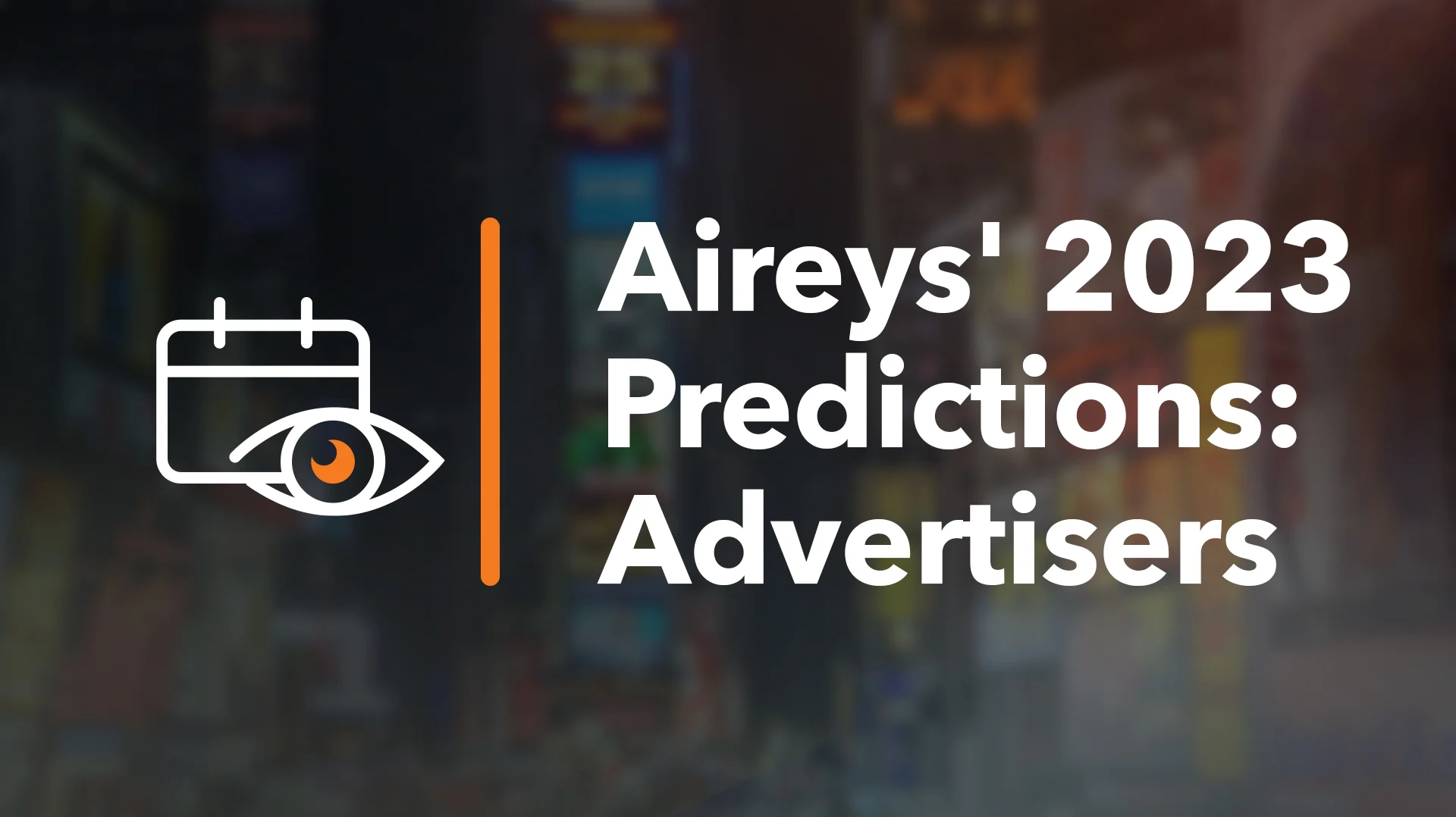Undoubtedly, 2022 performance didn’t bring the year-over-year growth we expected due to various macroeconomic factors. Not to mention the various digital privacy regulations and everyone trying to find the best up-to-date advertising strategies that win big bucks and looks privacy-forward.
Why it matters — There are various opportunities for publishers to jump at in 2023. We might be in for a reset come Q1, but leveraging data is the best way to achieve revenue goals in 2023.
Preparing for Privacy Regulation
Over the years, we’ve seen numerous regional and country-specific data privacy laws and regulations come into play. From the GDPR to the Colorado Privacy Act (CPA) and everything in between, publishers have continually had to shift strategies and optimize to stay compliant. And just when you think you’ve got your data processing activities fully compliant, along comes more potential legislation to flip everyone over their head, such as American Data Privacy and Protection Act. With the turn of the calendar year and increasing regulatory pressure, now is the perfect time for publishers to audit how they collect and use first-party data. They’ll need privacy-forward first-party data strategies and identity solutions to help with the changing considerations around addressability. Match rates with ID solutions will likely be low and largely replicate third-party cookie dynamics. Some solutions will enable advertisers to use an ID from one publisher to buy from a different publisher. In contrast, others will be truly first-party and used solely to sell the inventory of the publisher with whom the user shared their data. Publishers should look to new and innovative first-party data solutions to protect their data while offering scale to advertisers in both direct and programmatic channels.
First-Party Data Strategies
Forget about Google and whether they will deprecate third-party cookies. Today, over 50% of all web ad requests come from browser environments that already don’t support third-party cookies, including Safari, Firefox, Webview, and Chrome (when consumers use Incognito mode with third-party cookies disabled or other advanced privacy settings).
There are increasing choices publishers can make to improve the addressability of their inventory using their own first-party data. However, choosing a path can be daunting, with many options that aren’t exactly clear. As the trend toward first-party data becomes the norm, publishers must focus on protecting their data while maximizing near-term value and investing in innovative new solutions that don’t rely on identifiers or fingerprinting.
However, when it comes to first-party data, simply staying on trend isn’t a long-term solution. Many first-party data solutions will work now but have degraded performance as the large platforms increasingly limit user agents, IP addresses, and email addresses to create identifiers.
Any solution that relies on these data points will face increasingly degraded performance over the coming years. Further, many of these solutions re-create the dynamics of third-party cookies by enabling one publisher’s data to buy audiences on another publisher.
To fully take advantage of the first-party trend, publishers must invest in the right solutions quickly. As an alternative to identifiers, innovative first-party data solutions will be released in 2023 that increase addressability and enable scale for advertisers but don’t leak data and don’t rely on user identification. This could mean stable revenue growth in the coming years despite platform changes and new regulations for publishers who invest in these solutions now.
Curated Deals Services
According to data from eMarketer, programmatic digital display spend on deals (a.k.a. PMPs) has surpassed open exchange spend. That trend will continue as publishers seek to protect their data and maximize the value of their inventory.
To jump on this bandwagon, publishers can work with partners to help them curate their inventory into deals and sell those deals to advertisers. While curating deals has long been a valuable strategy for publishers that sell direct to advertisers, there is also significant value in working with partners who include publisher inventory in highly curated multi-publisher deals. Partners can then help sell those deals to advertisers.
While not a new concept, curated deals are gaining momentum in the market. Advertisers can target the exact inventory and audiences they want to reach, and publishers can participate, with little additional overhead, to drive more revenue.
2023 will be the year publishers embrace curated deals. Publishers will opt to partner with curation services that can work with first-party publisher data in all browser environments and survive significant platform and regulatory changes. When executed correctly, this process will ensure publisher data remains protected and increase revenue, especially in browser environments that don’t support third-party cookies.
Measurability
Getting a user’s attention is stiff competition. From push notifications to auto-play videos and plenty of algorithms in play to give users what they want, publishers are doing all they can to keep the focus on their page while balancing the quality of the experience.
Publishers need the metrics to back up all the investments spent on new strategies to drive results. We see impression counts slowly fade into irrelevance and be replaced by attention metrics.
Currently, there’s no one standard for attention metrics. Namely because it depends on how and what content is being consumed. For instance, you could consider active time in view to see the amount of time a piece of content or an ad is viewable or how the user interacts with an ad by scroll rate or depth.
Advertisers and publishers who leverage attention metrics to create better content and user experiences will remain a continuing trend in 2023. Check out more AdTech trends for advertisers.



